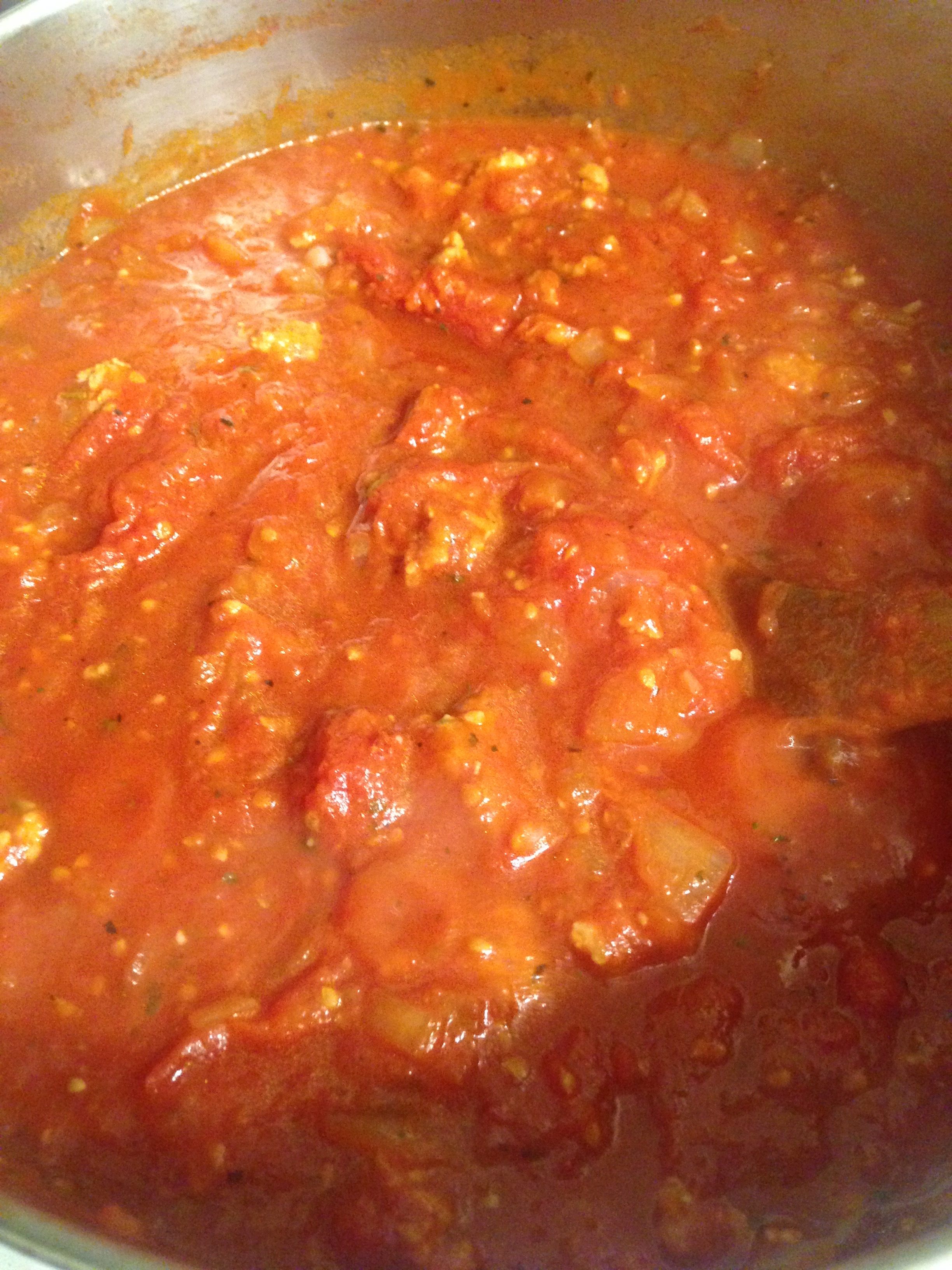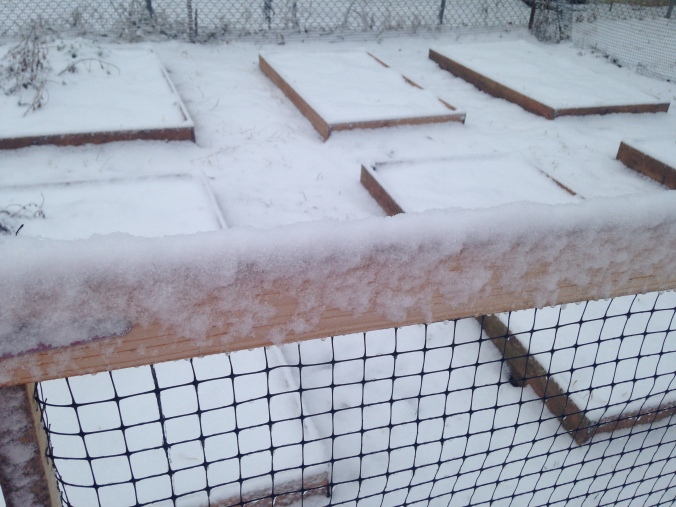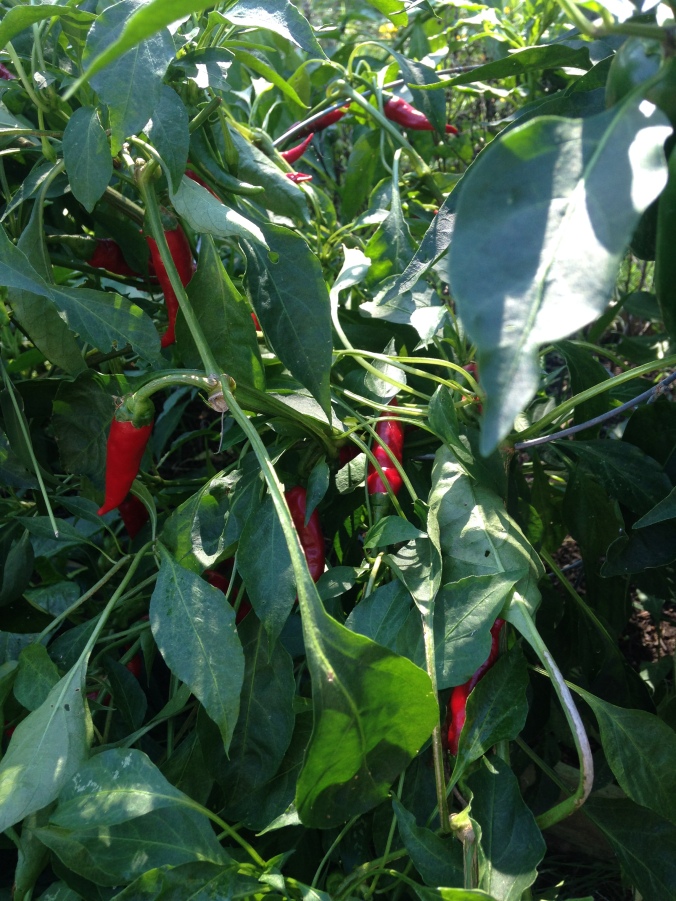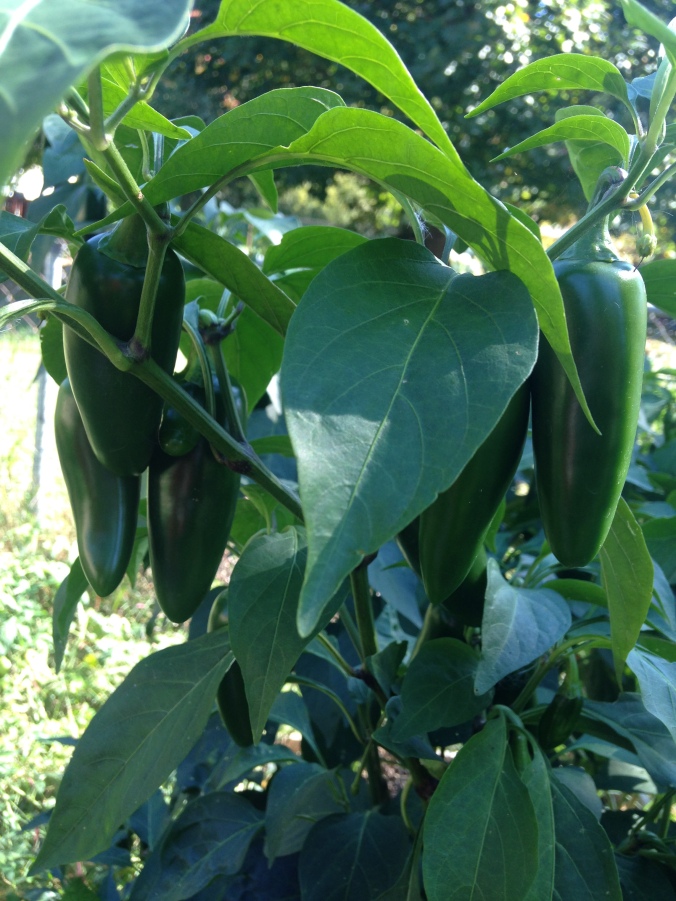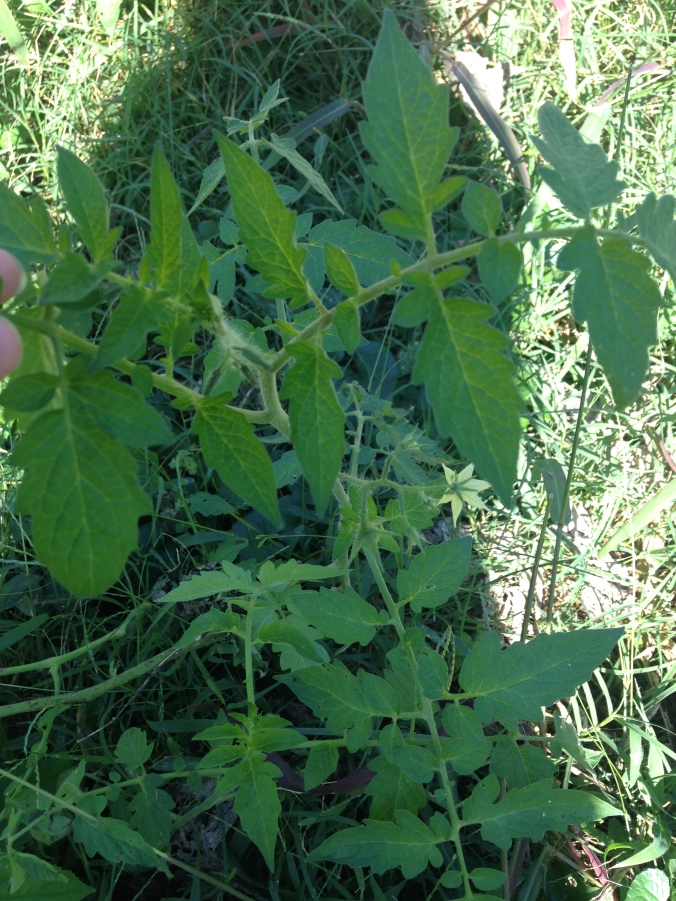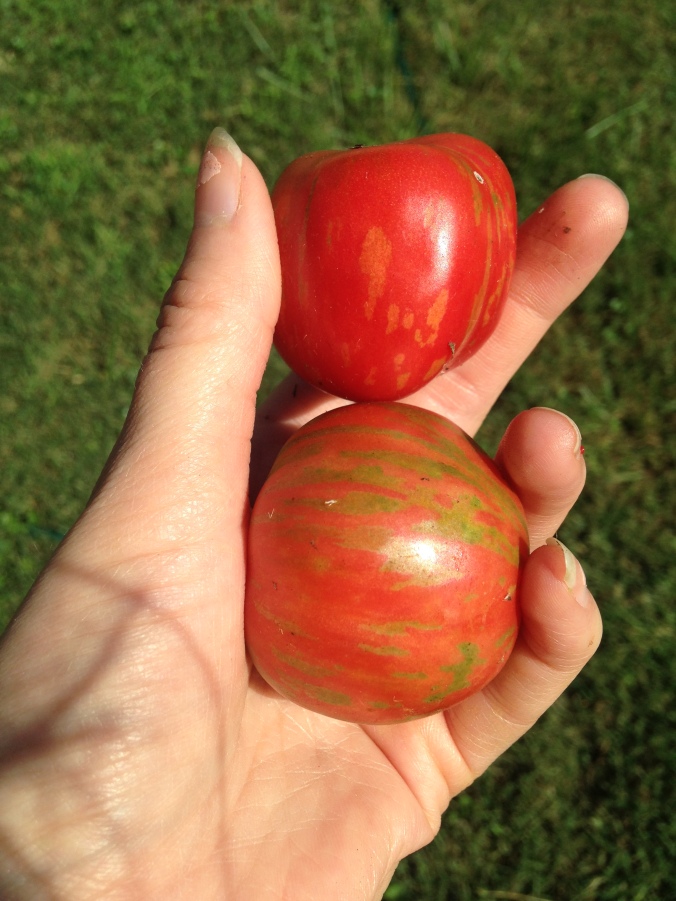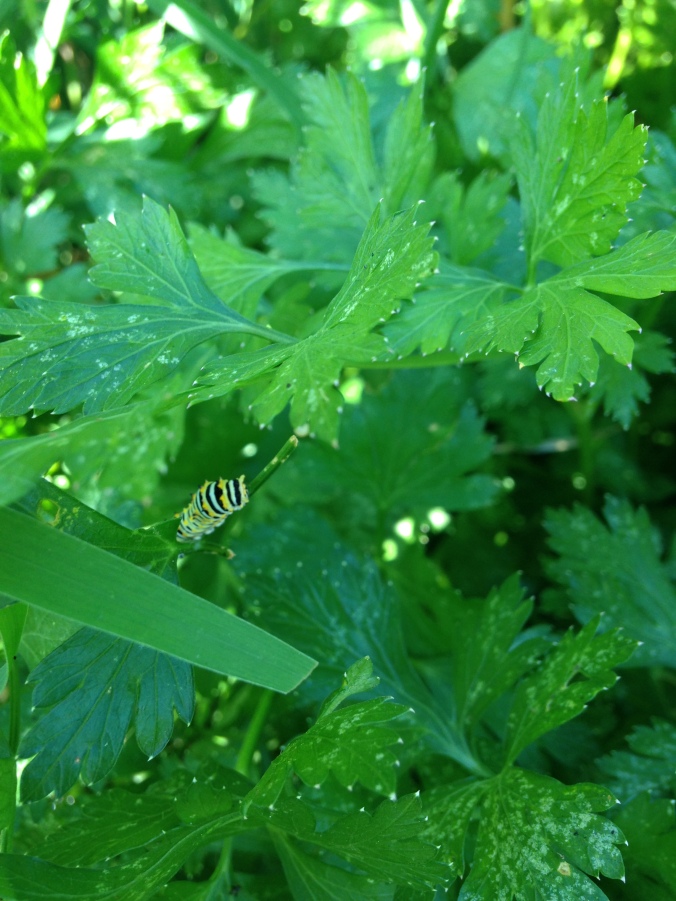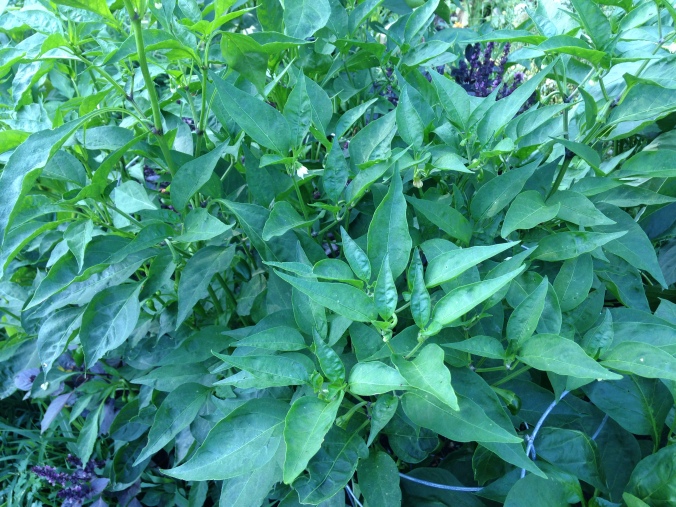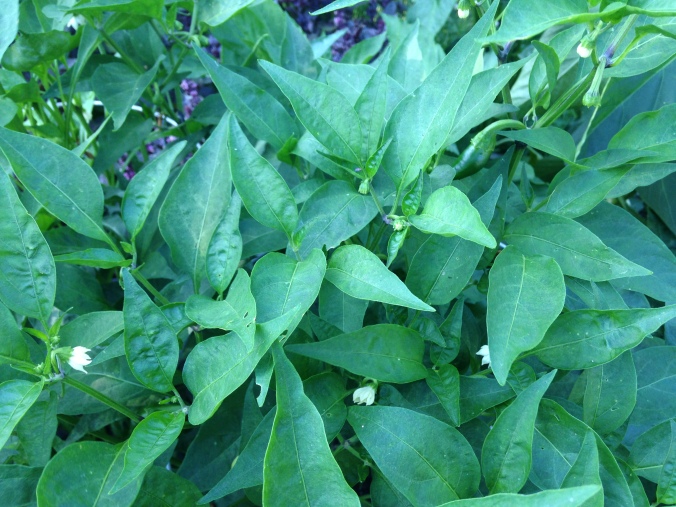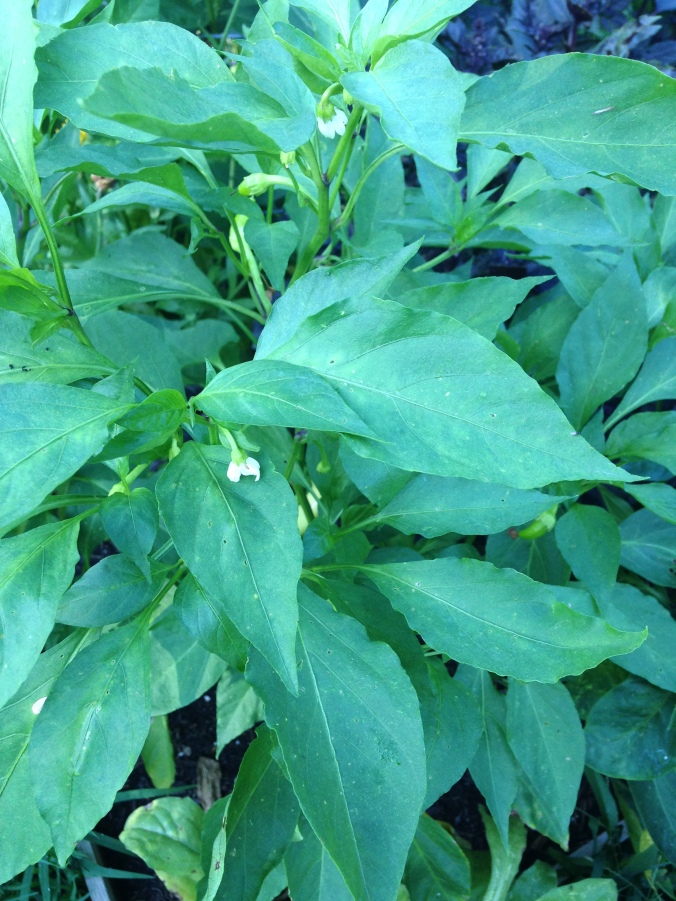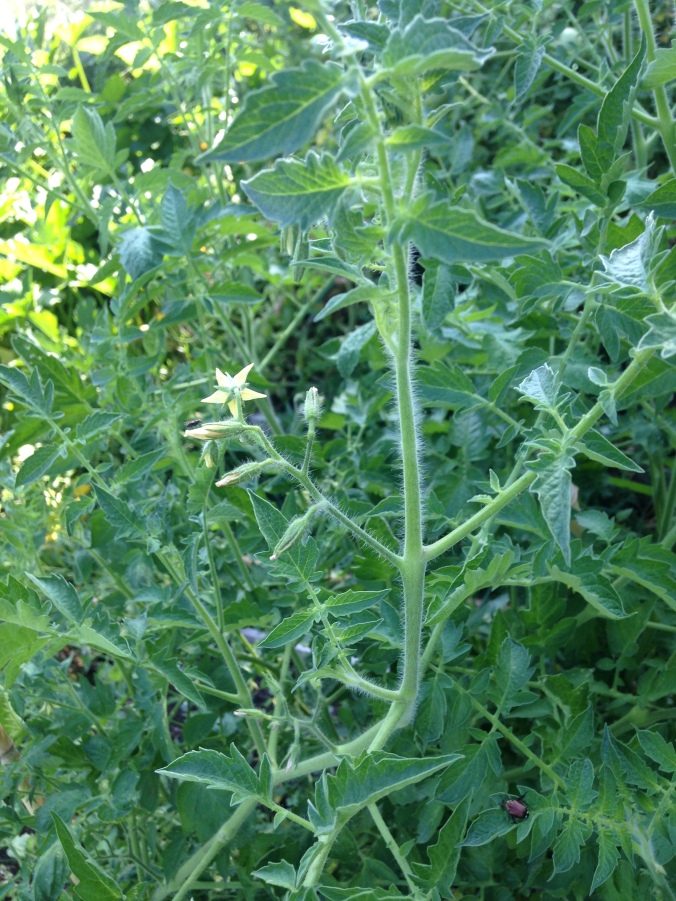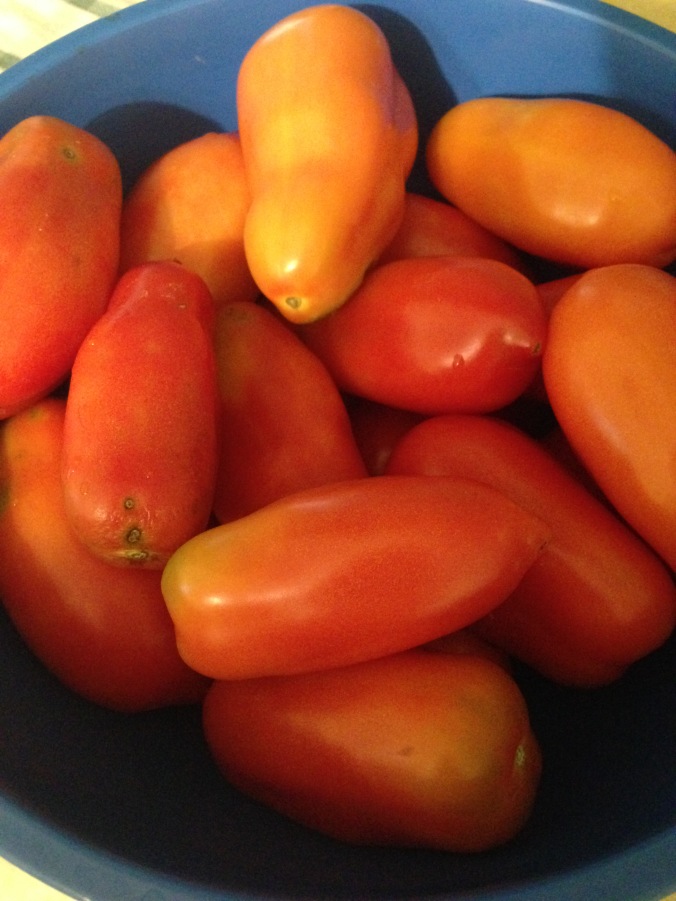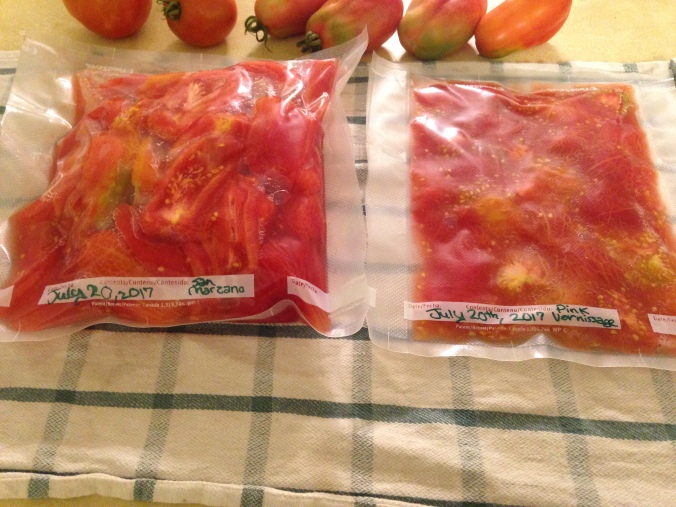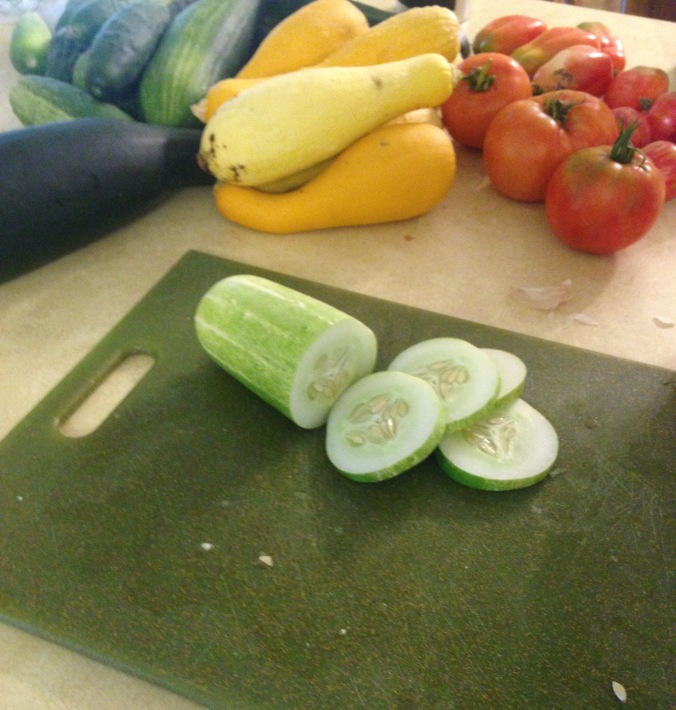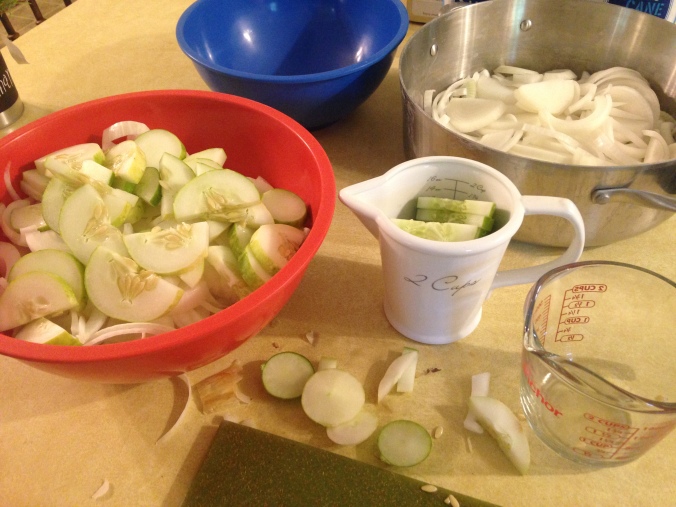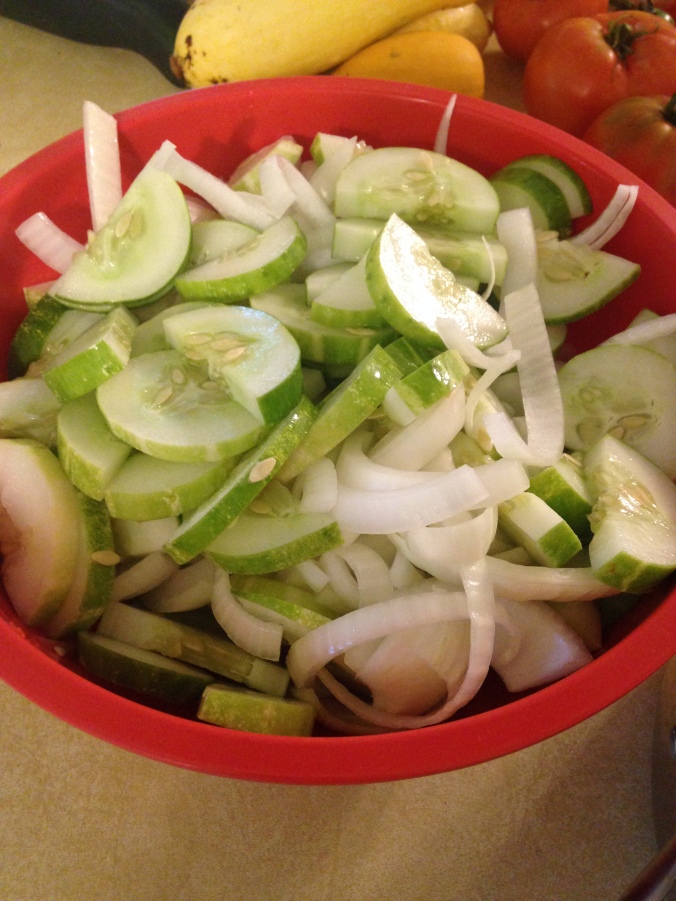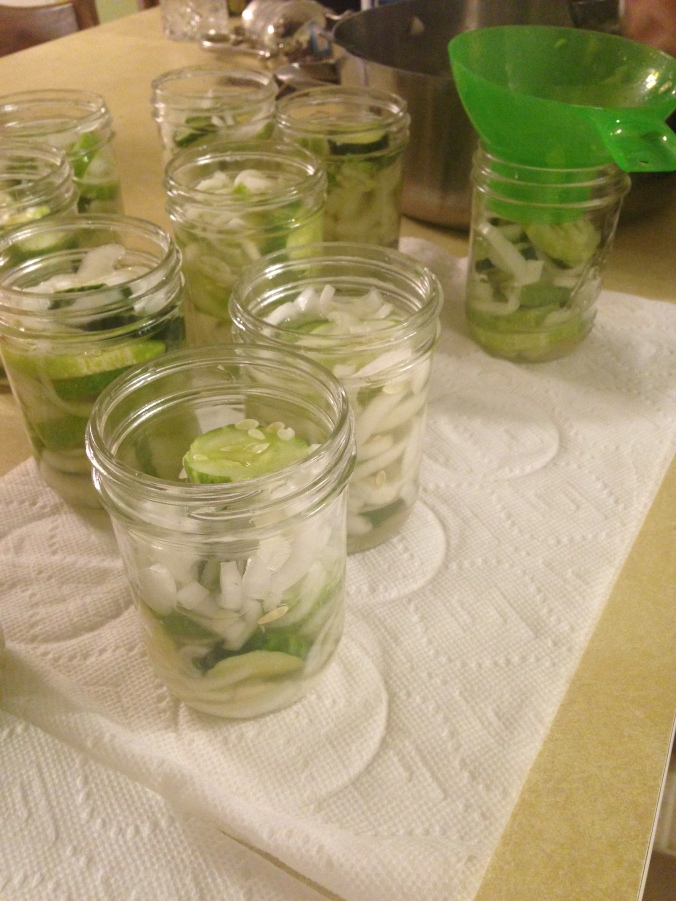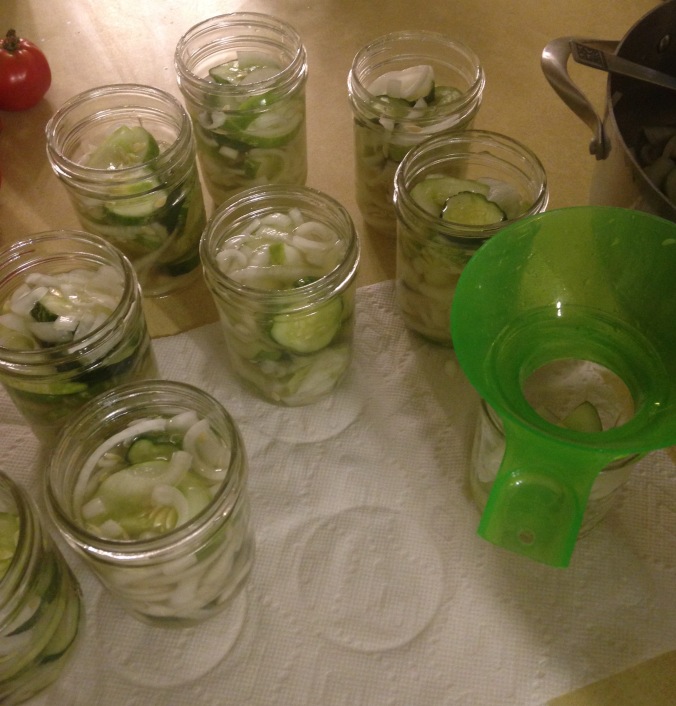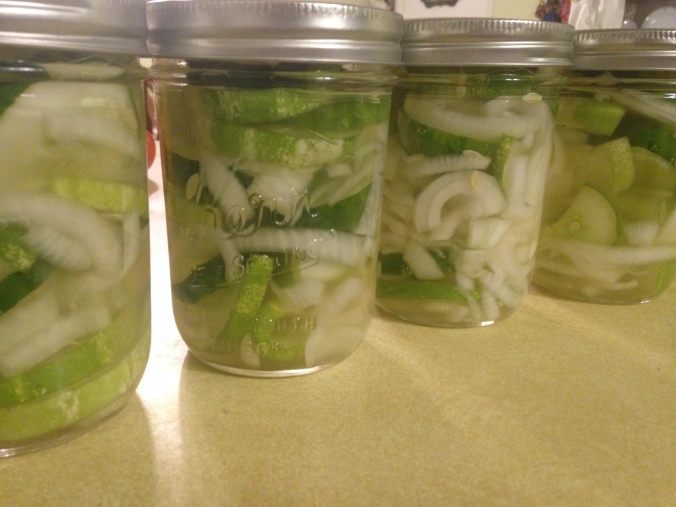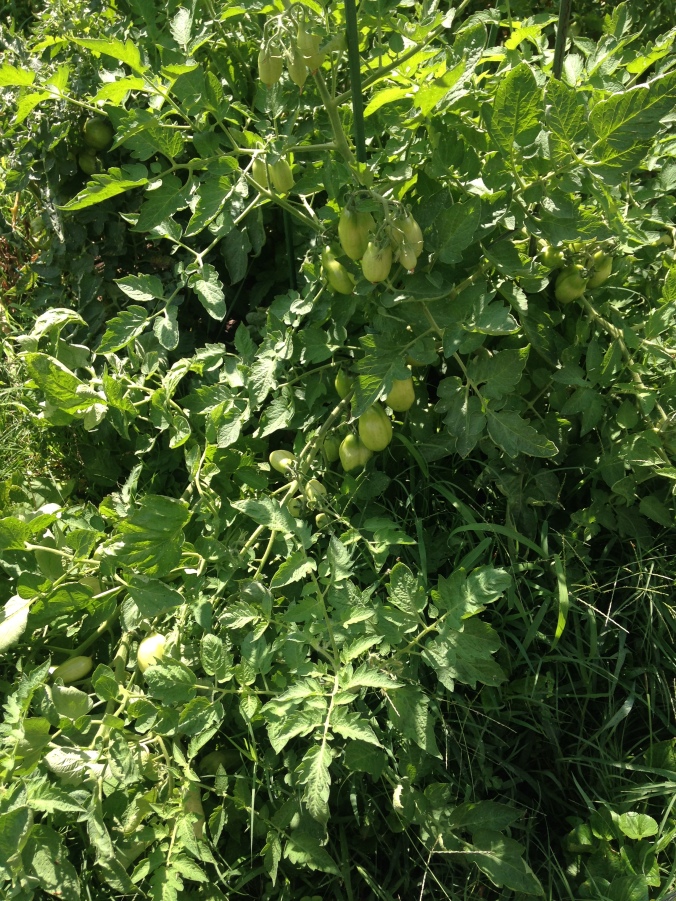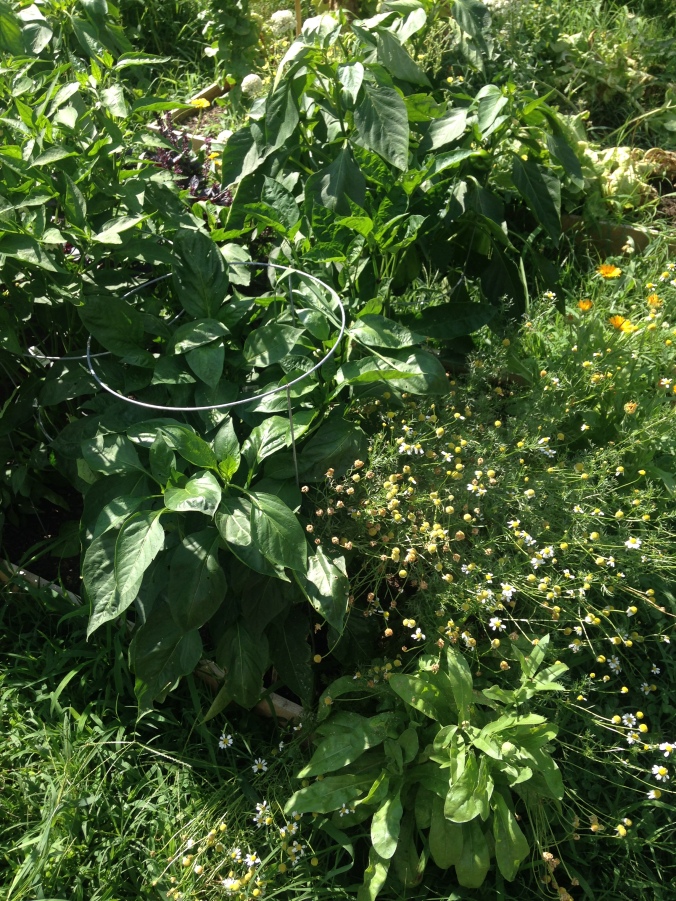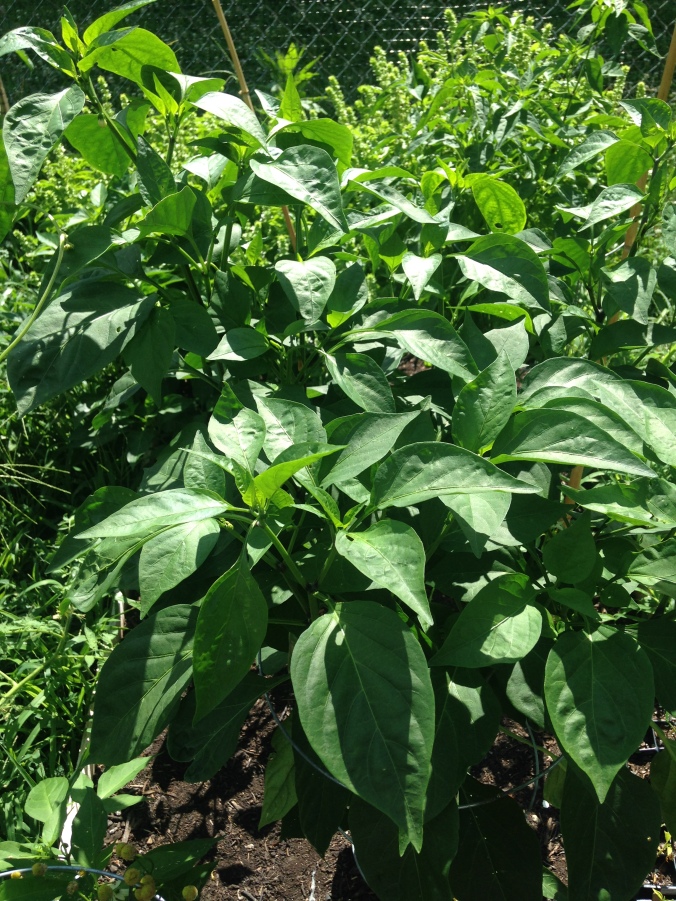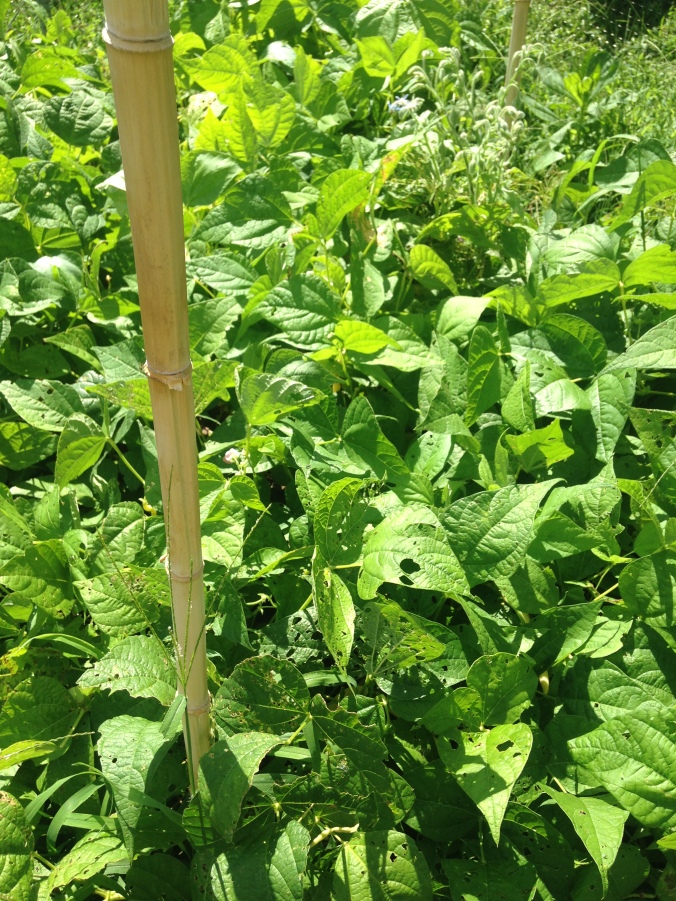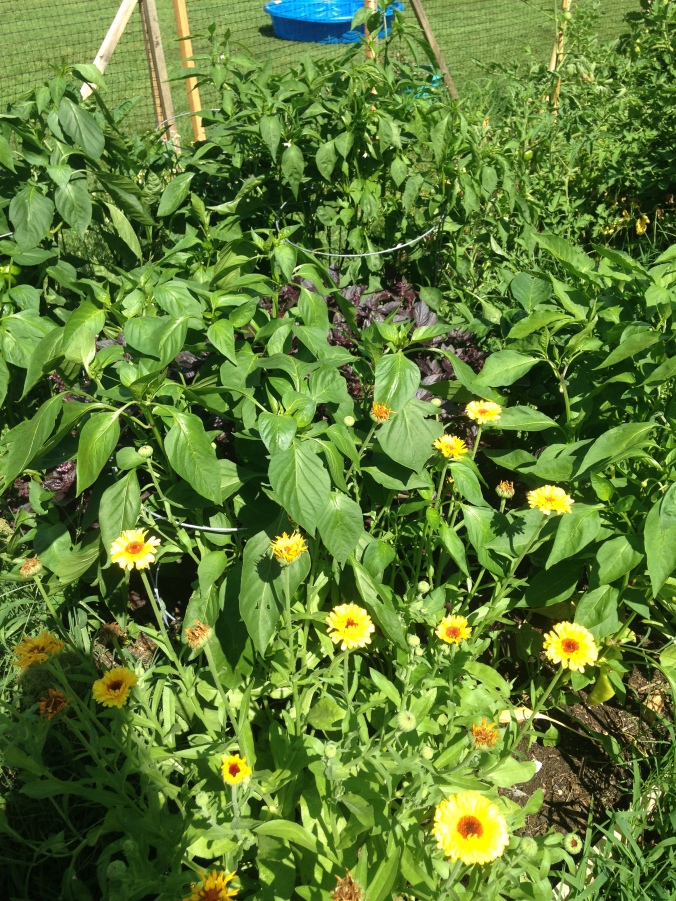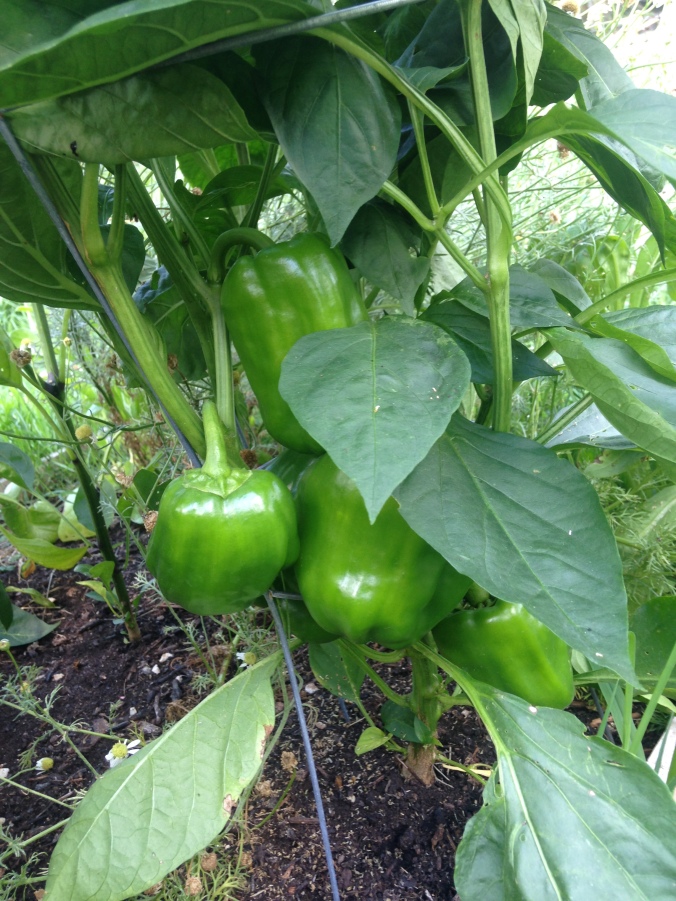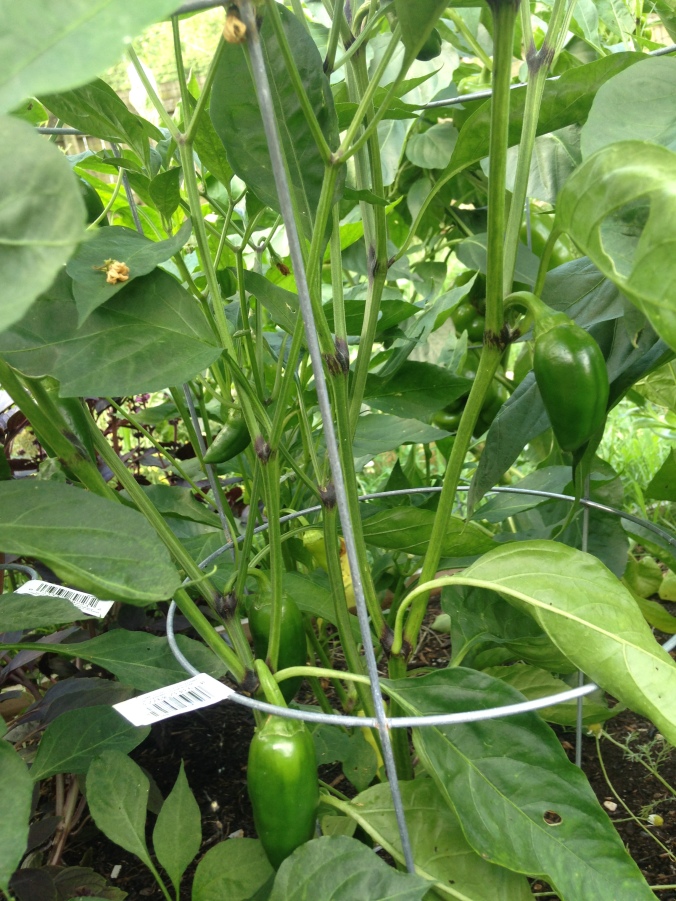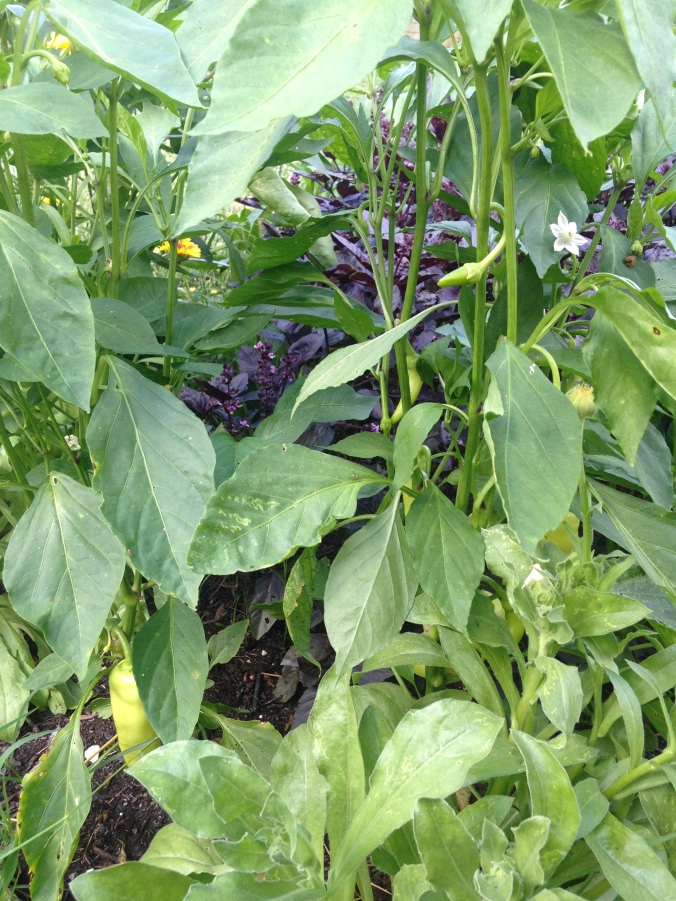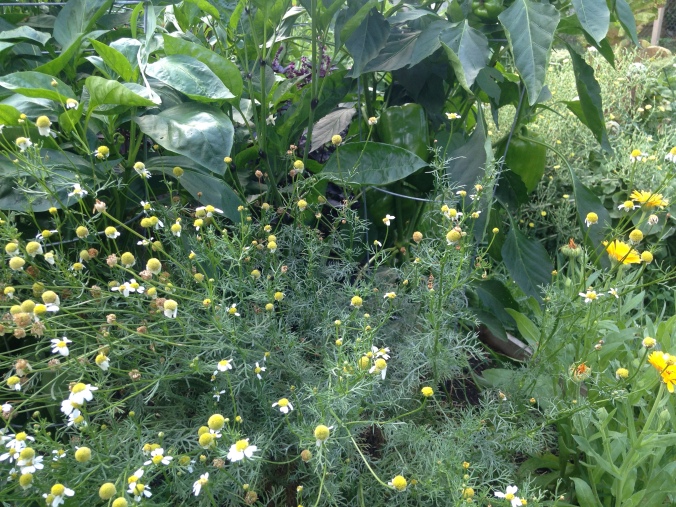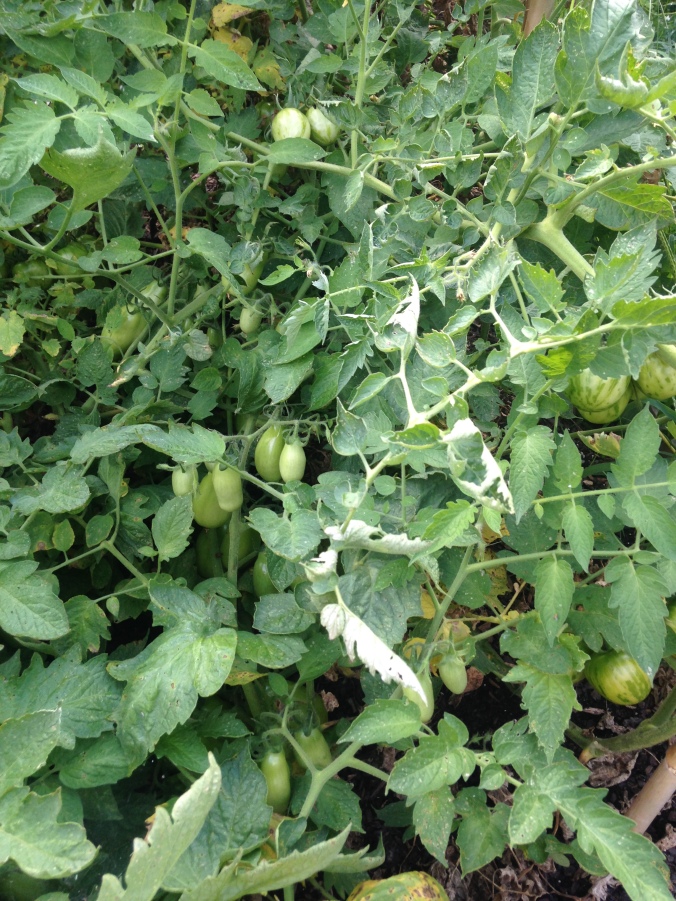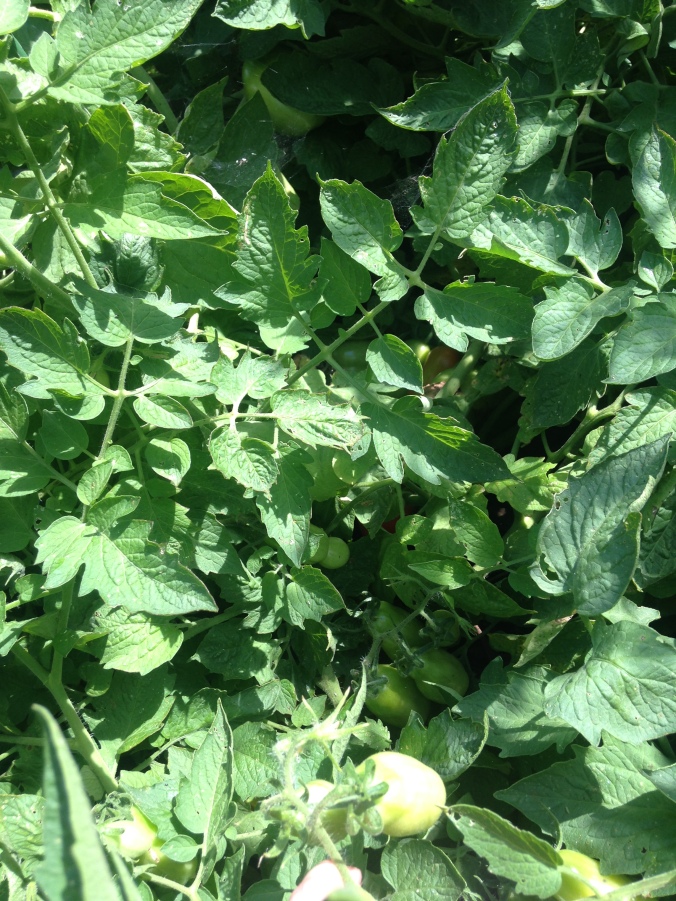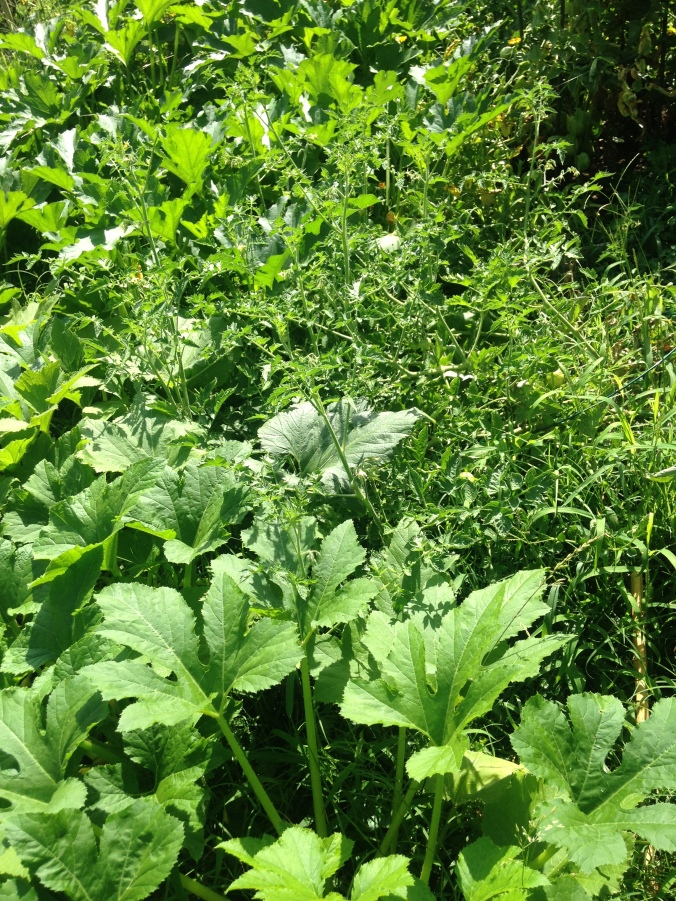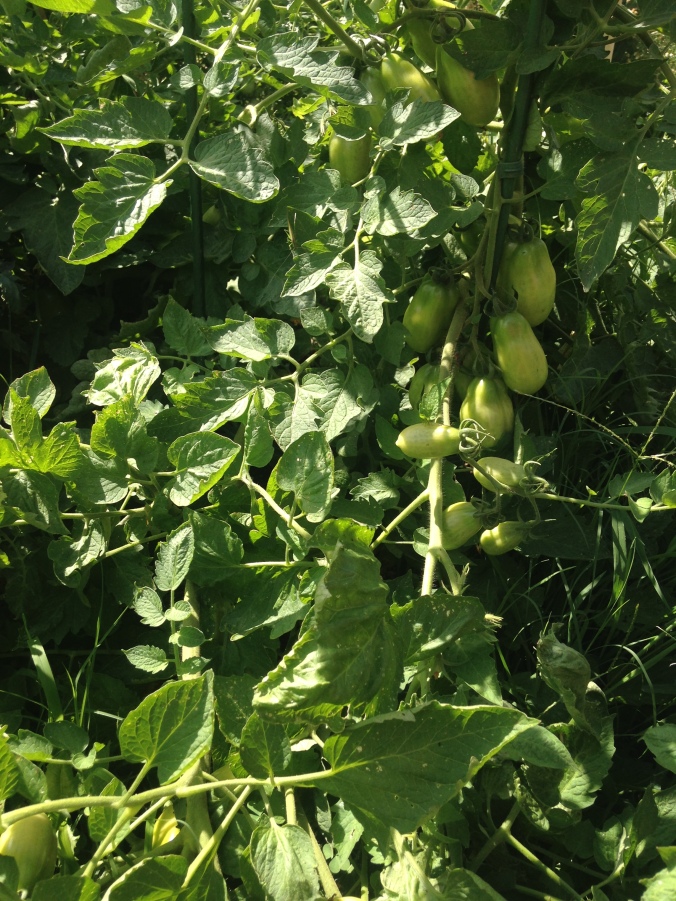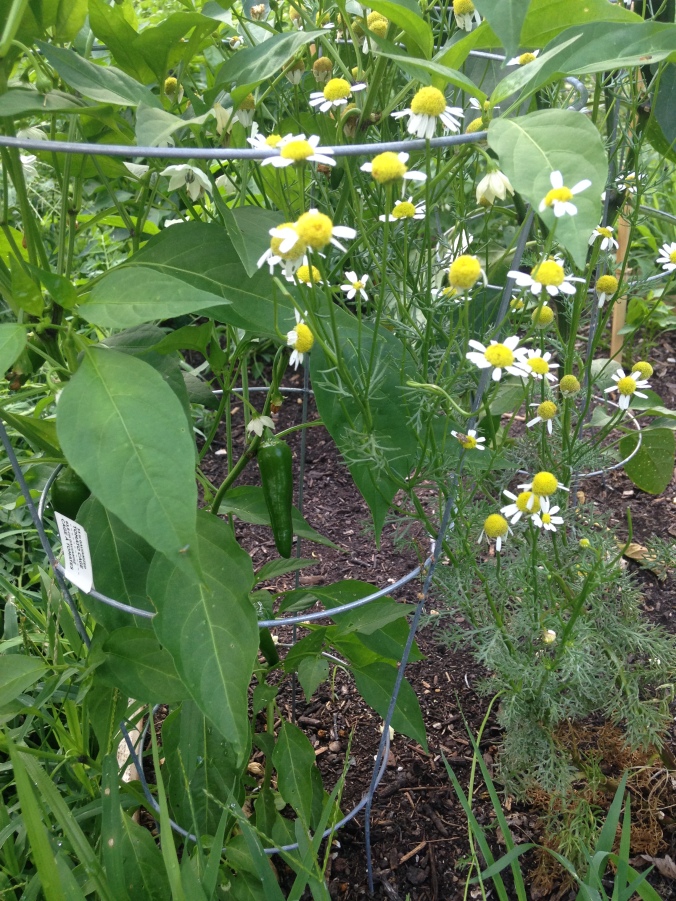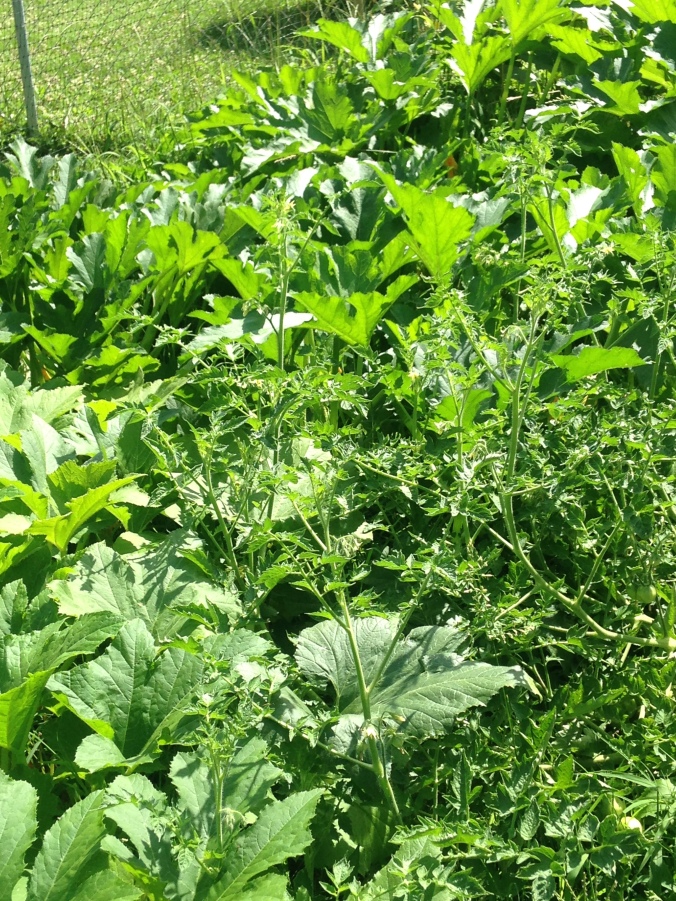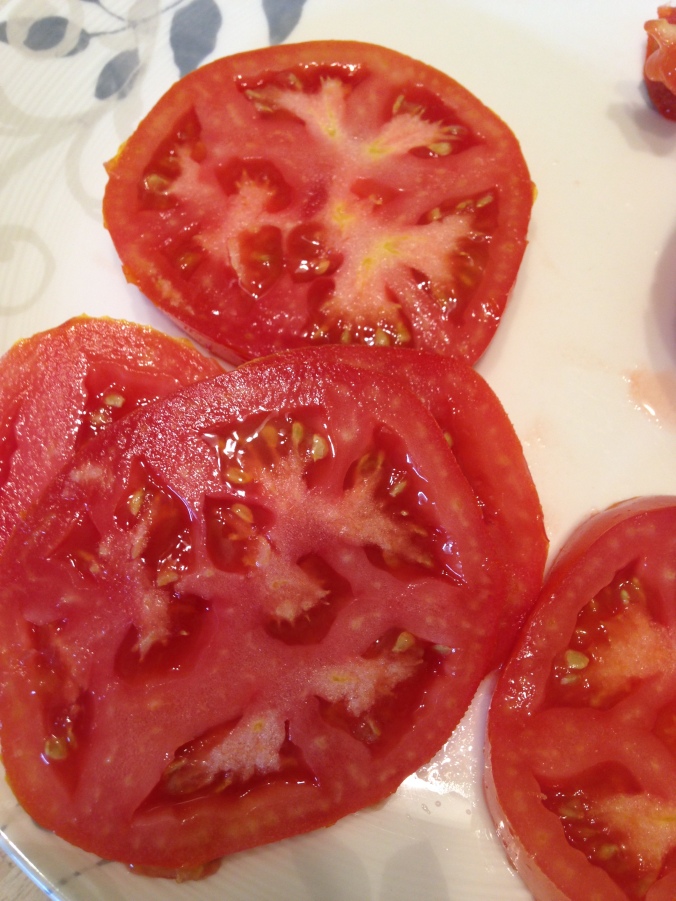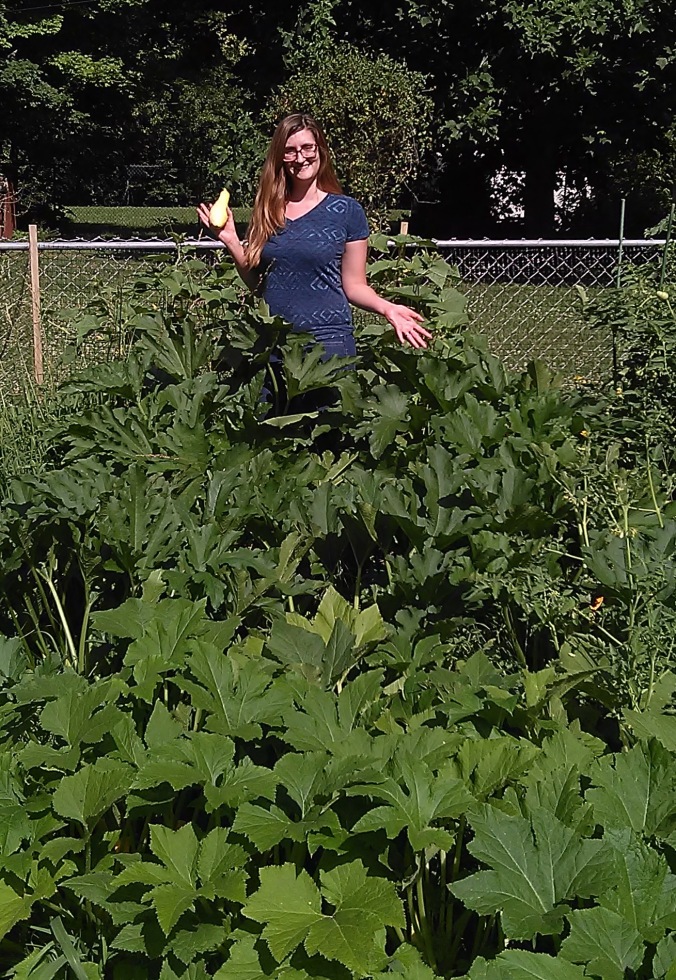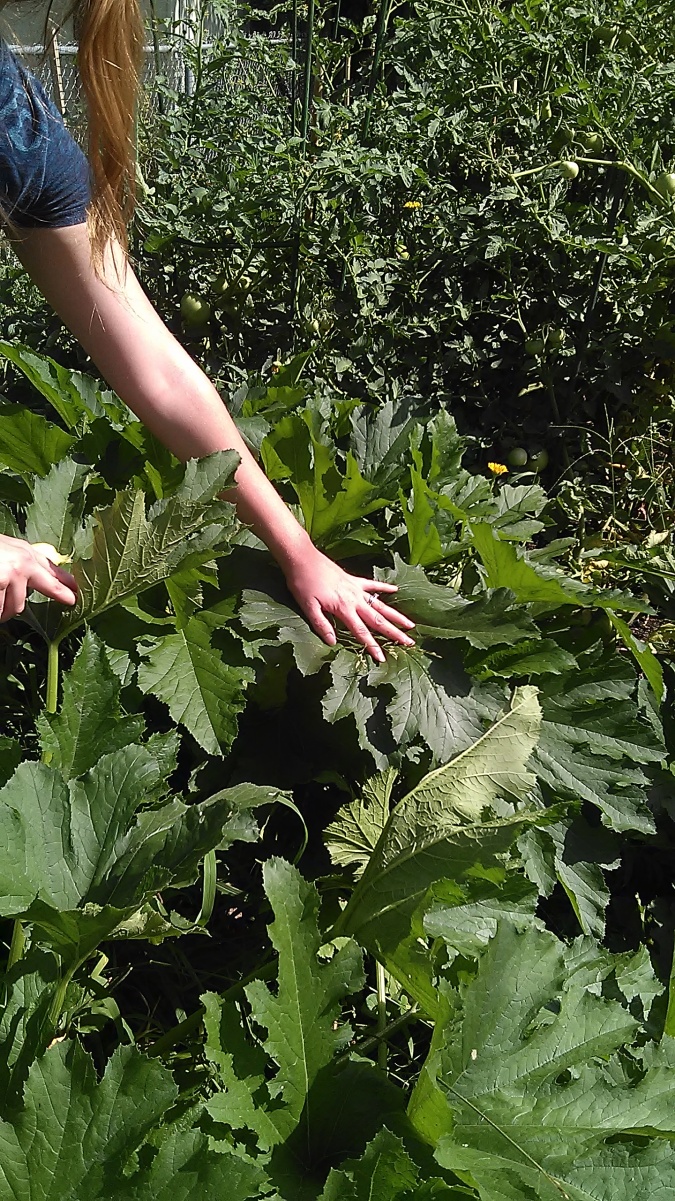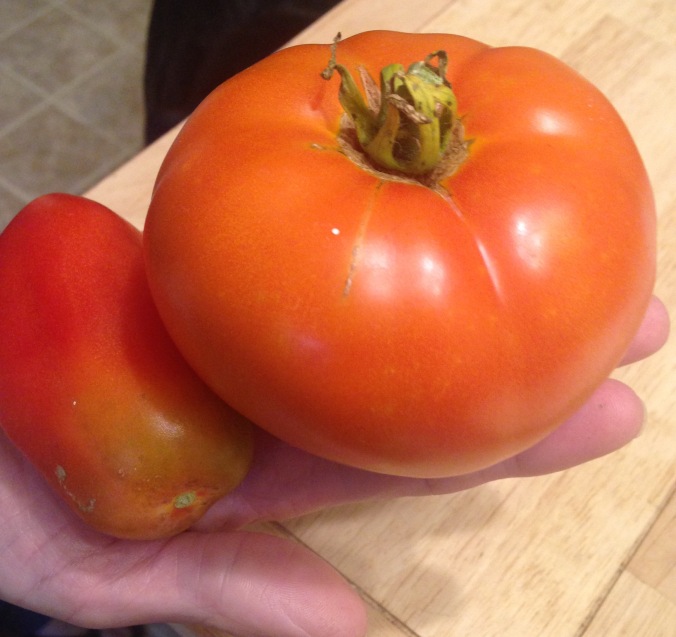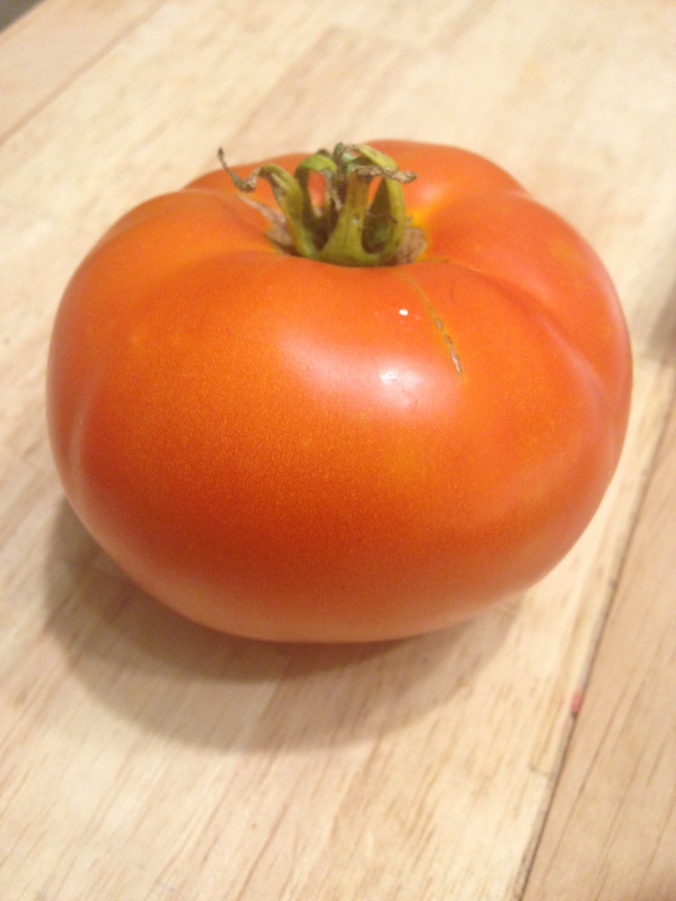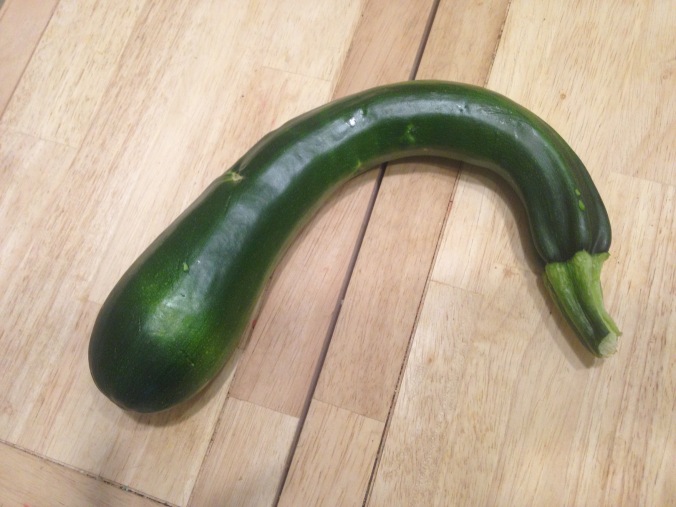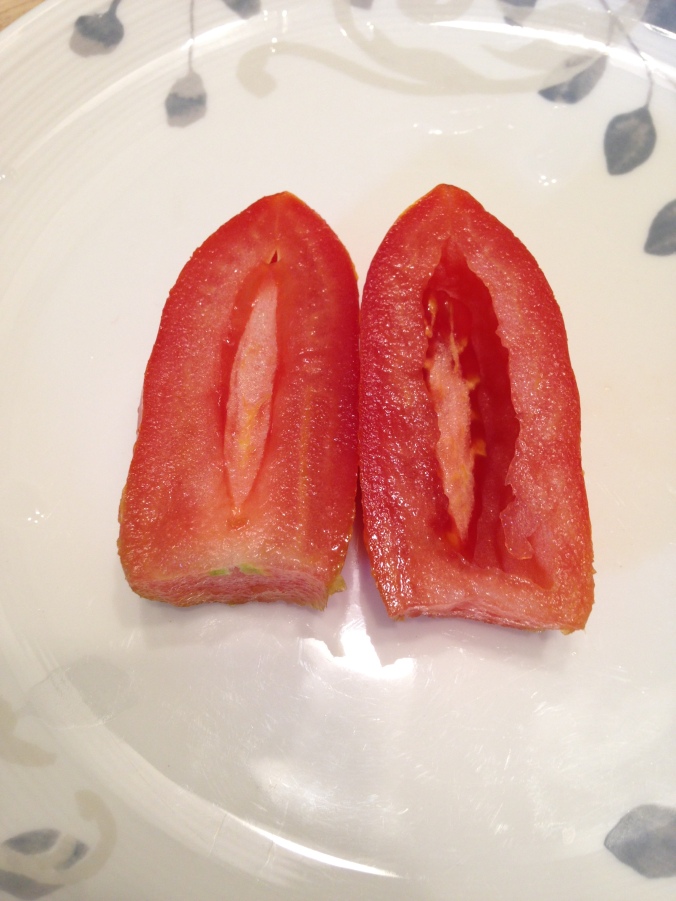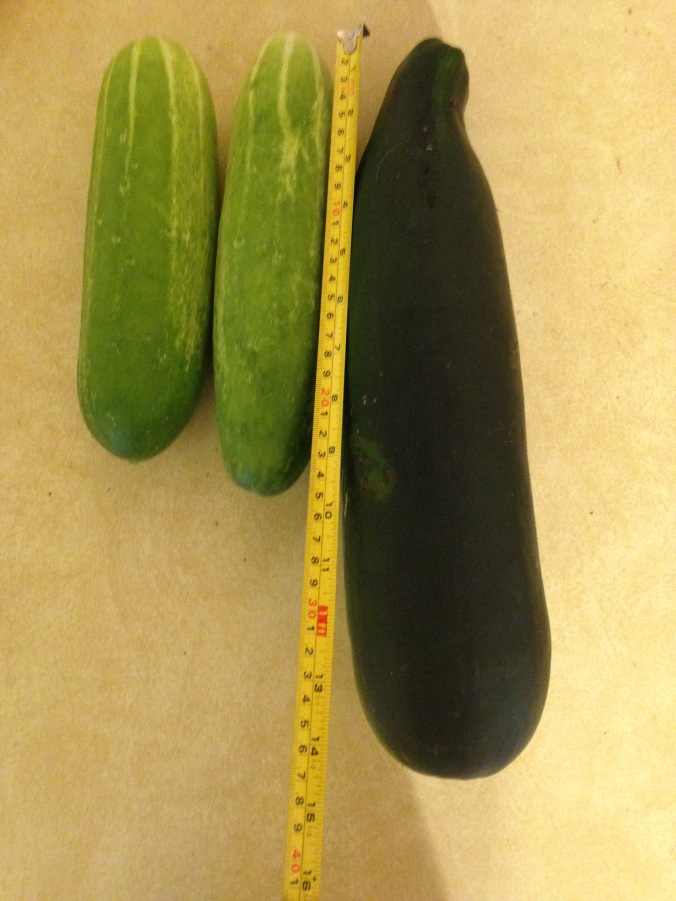Hello readers!
If you’re anything like me, you’ve been going through seed catalogs by now (and trying to narrow down your choices!) My personal list when I first started browsing was full of so many plants and varieties, I would probably need 5x the space I already have – and that’s being kind! But this was an important first step, and I’ll tell you why: brainstorming.
Whenever there is an end goal, there is inevitably some planning involved. Even if it’s just buying plants from a nursery and setting them out in the garden before digging, that still counts as planning in my book! But if you are feeling ambitious or are trying to figure out how to increase yields and improve a garden, or even just want to learn more about the grand hobby, might I suggest journaling? (Insert unnecessary smiley face here – see what I did there?) I’ve mentioned journaling in the blog before. It’s such a useful tool, though, that I decided it’s earned a post entirely dedicated to the topic.
There is no wrong way to journal, and that’s the beauty of it. Even though I recently realized my last two years of journaling are lacking information I find myself currently needing, it doesn’t mean I journaled incorrectly (and neither did you! If this applies). By journaling the past couple of years, I’ve learned what I need to journal and what ended up being more of an unfinished idea – the bare bones of what could have been really awesome to track and reference later. When I journaled before, there wasn’t a lot of stuff I could reference for this year other than where I planted last year (useful for crop rotation). By the way – when did “journal” become a verb instead of a noun?? The last 2 years influenced how I’m journaling this year – and I’m thrilled about this development.
Journaling is a tool that when utilized, can help relieve you of your creative genius and organize your thoughts. When applied to gardening, you end up creating a plan that you have confidence in – and all while creating a reference to yourself in the next seasons.
When I journaled in the past, I didn’t do what I would call “constructive journaling”. I started with drawing out possible plans, and then would note what went wrong and what went right. That was 2016 – not our shining year. A late start in the garden, and timing really is important with gardens we discovered.
In 2017, I think constructive journaling began to take shape, although it was still not QUITE there. I had good intentions though, see?
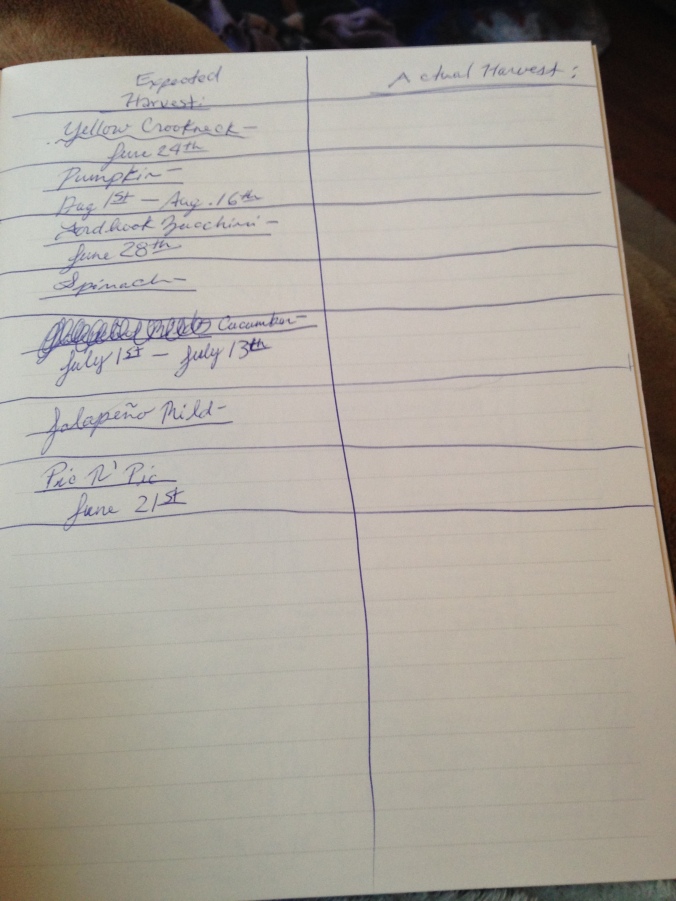
All of the intention, none of the follow through.
And I almost had good notes for reference, but I’m missing important pieces of the puzzle such as what the weather had been like that winter through summer.
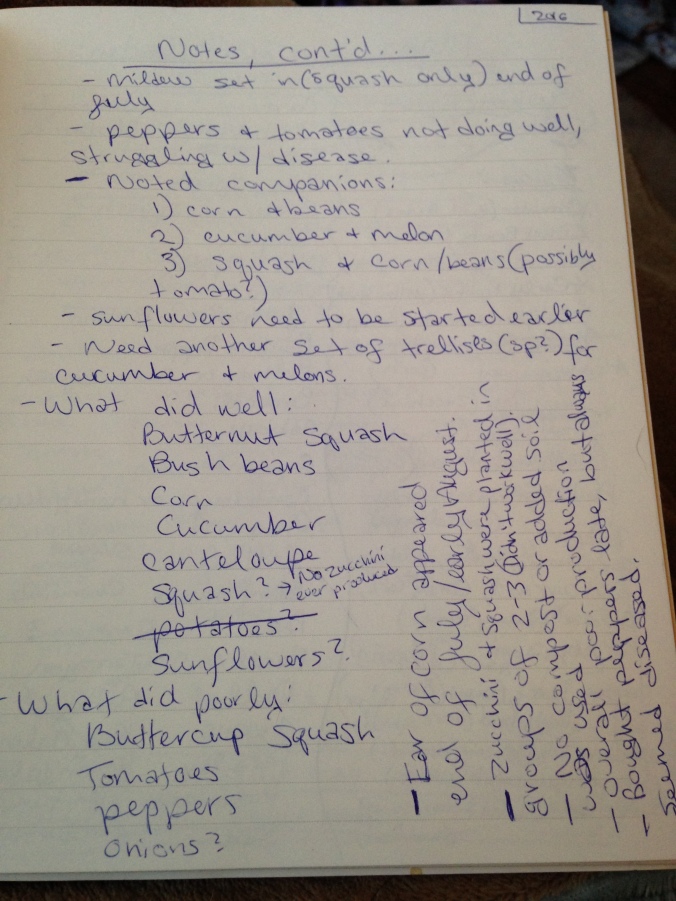
I even have two or more rounds of the same brainstorming exercises (garden plans, varieties to try, etc). Instead of being linear in my progression, therefor narrowing my thoughts and ideas in a constructive way, I went back and forth. A lot. I had seeds of an idea, but it just hadn’t blossomed yet. (See what I did there? Too much?)
Right. So let’s skip ahead. Past the journaling of 2016, past 2017, and straight to 2018. This is the year I seem to have finally found what works. And perhaps it’ll help you as well to share this year’s journaling technique. This may be dubbed “constructive journaling” (slightly different from the ubiquitous bullet journaling), constructive journaling starts with a BROAD idea and widdles it down into a fine shaped plan.
STEP 1: Brainstorm
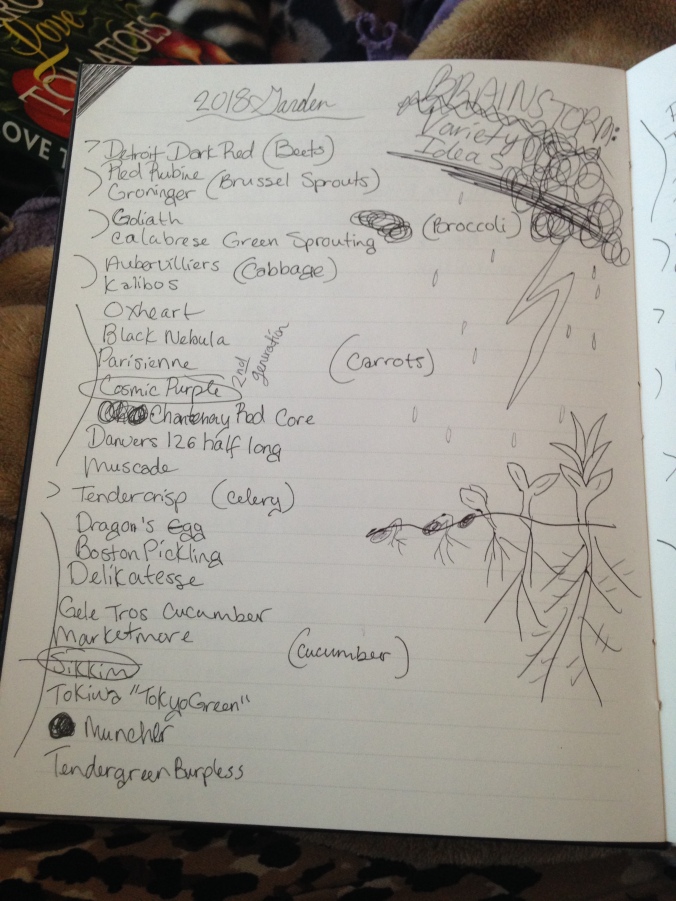
You have the reigns here. You can list, you can doodle, you can write “garden” over and over until you decide. But the whole point is to start brainstorming and daydreaming. If you’re by a warm fire with a cup of tea, you get bonus points. Double bonus points if it’s snowing outside. That is seriously the best time to open up the gardening books, as I’ve probably mentioned before in a previous post.
STEP 2: Do your research
My personal brainstorming went on for a little over 4 pages. Then I started to research. What were the companion plants again? I searched online, and then found this awesome book “Carrots Love Tomatoes”
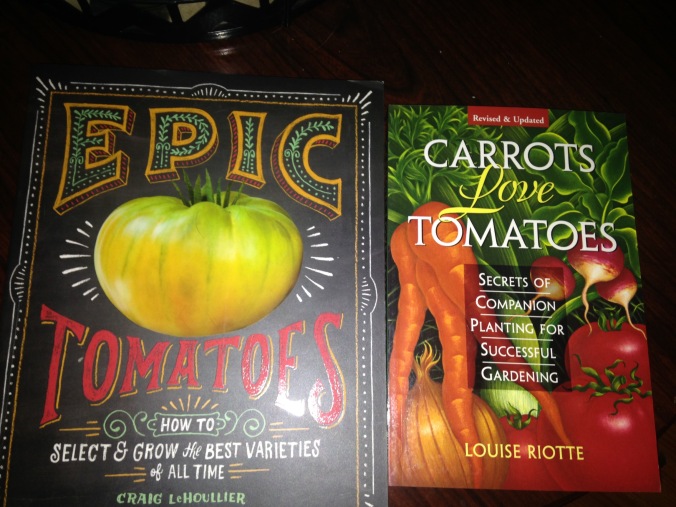
By by the way – “Epic Tomatoes” is also amazing. I got it as a Christmas gift this year, and then used my Barnes and Noble gift card for the other book. So much excitement was felt!
Okay, back to companion plants. “Carrots Love Tomatoes” is a wonderful reference book. The book has greatly influenced my garden plan this year.
STEP 3: Narrow your choices
Here comes the toughest part. You’ve exhausted your exploring by this point, and you may already have some idea of what you want to plant. I wrote out a list of plants at this point, and then the variety/varieties that sounded the best. This took almost as long as brainstorming I’d say, simply because making decisions can be difficult! Just keep in mind, anything that you want to grow but don’t have room for can always make its appearance next year. It helps to remember you’re not saying “never”, just “not this year”.
STEP 4: Create a garden plan
Draw out your garden, then start filling in the plants and varieties. This is the REALLY fun part! The ideas start to be built together and everything begins to take shape!
That’s the basic foundation of constructive journaling. After you’ve reached this point, you may discover some additional things to track (that are also very constructive to the future gardens, might I add).
As previously mentioned, there is some information in previous journaling I found lacking. In my planning for 2018, I realized I didn’t have some information in my journal. Like how many seedlings did I start last year and how many of those actually made it to the garden? This year, I’m tracking that. Along with the date the seeds were started. That information was loosely tracked in this blog, but this year it’ll be noted in my journal for reference.
What else am I tracking? Well, I’m glad you asked! I’ll be tracking the weather in my journal this year. Not daily by any means, but tracking the “big stuff”. Like when temperature went to -2 degrees. Or when there is unseasonably warm 60 degree weather in December, followed very quickly by a blast of frigid air. This could impact bug level and could be useful to note in comparison to noted garden pests (and beneficial bugs) this year. Towards the spring and summer months, noting the weather could help me see if there is a possible connection to plant disease susceptibility (or if it is tied more directly to the variety). Some varieties may just end up being less fit for the environment I have to offer. Heirlooms, however, due to their genetic diversity and passing down of traits, are extremely helpful for this compatability issue.
And also to note for you fellow seed savers of heirlooms: I’ll also be noting which varieties are my second generation plants. In other words, what plants were grown from my 2017 saved seeds? What were their noted characteristics?
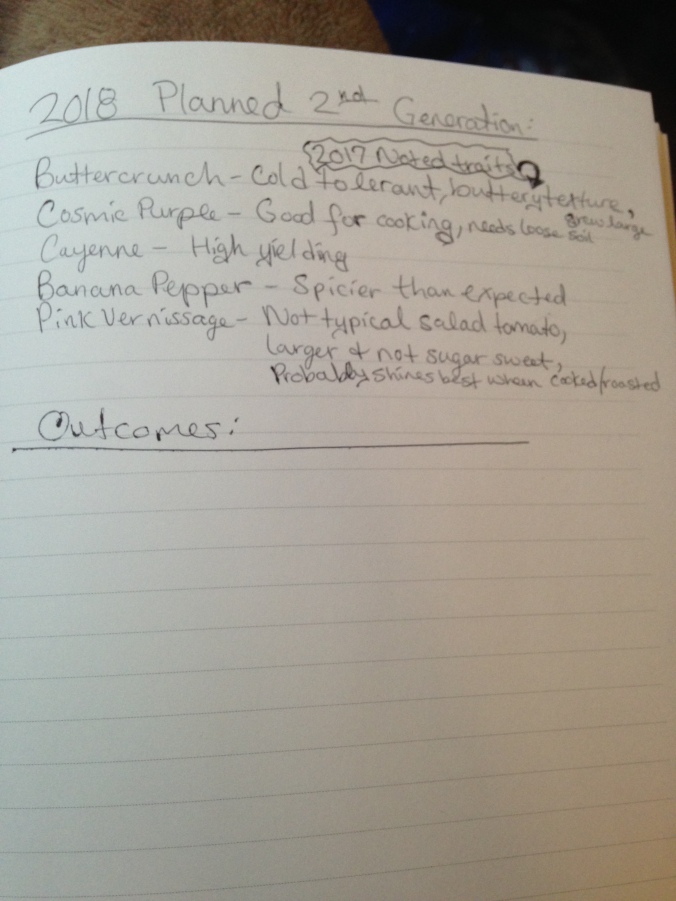
I also am brainstorming some potential crosses of tomato plants, thanks to the inspiration I found in “Epic Tomatoes”, but that is a post for a different day.
Hopefully, this post has fed both your curiosity and creative genius. Time to get curled up by a fire and start brainstorming, researching, browsing seed catalogs, and JOURNALING.
Craft your garden! It’s never too early.















































